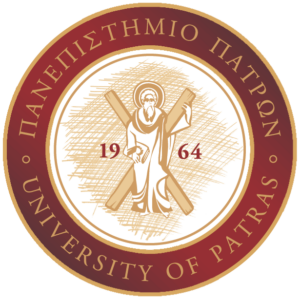Public Economics

Learning Outcomes
Given the significant role that the state plays in contemporary economies, the course Public Economics is a compulsory course in the Department’s Program of Studies. It investigates the role of the public sector in the economic arena. It examines and analyzes in depth the interventions of the state in the operation of national economies and, in particular, taxation and public spending.
By the end of this course the students will have sufficient knowledge and economic understanding of the major issues concerning taxation and public spending. They will be able to explain why government intervention is needed, how it influences the behavior of the private sector and what the welfare effects of such influences are. Furthermore, they will be able to express themselves in a professional manner on contemporary issues regarding state intervention, to use efficiently the acquired knowledge and understanding in order to support their view on specific aspects of taxation and public spending issues, to employ the acquired tools of economic analysis in the process of policy evaluation (e.g., public goods, externalities, income distribution, etc.) Furthermore, given the availability of statistical data bases concerning taxation and public spending, the students will be able to perform basic statistical and econometric analysis and thus provide empirical evidence on the issues that they investigate.
Course Contents
Political mechanism of decision making, taxation and income distribution, taxation and efficiency, taxation planning, personal income tax and economic behavior (e.g., labor supply, savings, real estate) corporate income tax and economic behavior of the firm, taxing consumption and wealth, financing through budget deficits, Public goods, externalities and state intervention, income redistribution, social security.
Teaching Activities
Lectures and Seminars (3 hours per week)
Teaching Organization
|
Activity |
Semester workload |
| Class lectures and seminars |
(3X13) 39 hours |
| Study at home |
111 hours |
| Total number of hours for the Course (25 hours of workload per ECTS credit) |
150 hours (total student workload) |
Assessment
Student evaluation is conducted through a written (final) multiple choice exam (40 questions, each with five alternative answers) which covers the entire course content. Successful completion of the course requires at least 20 correct answers. A sample test and information regarding the nature of the exam can be found at the e-class course page, which is accessible by all students.
Use of ICT
The lectures content, in the form of power point presentations, for each chapter is uploaded on the e-class platform. The students have free access to this material.


